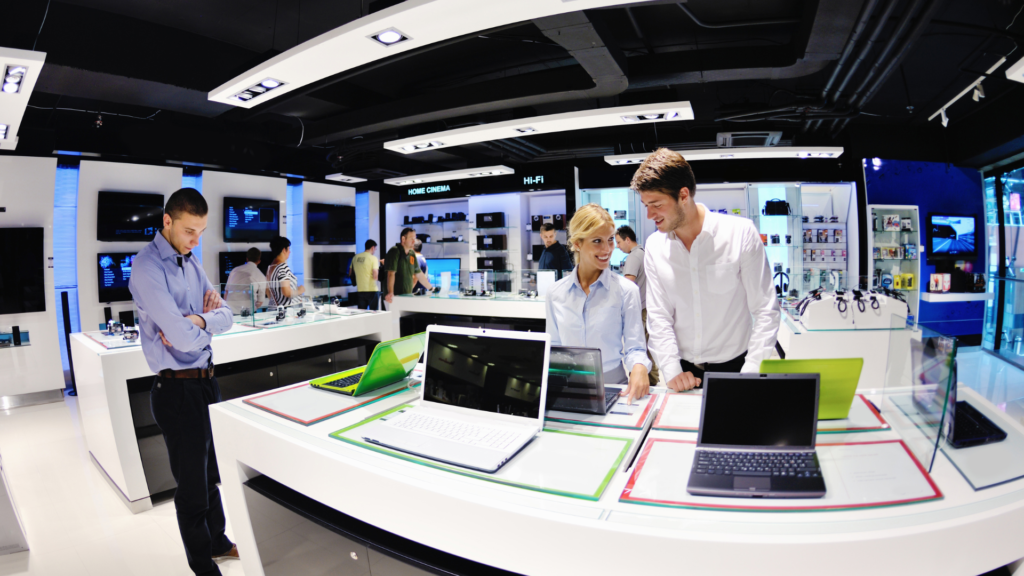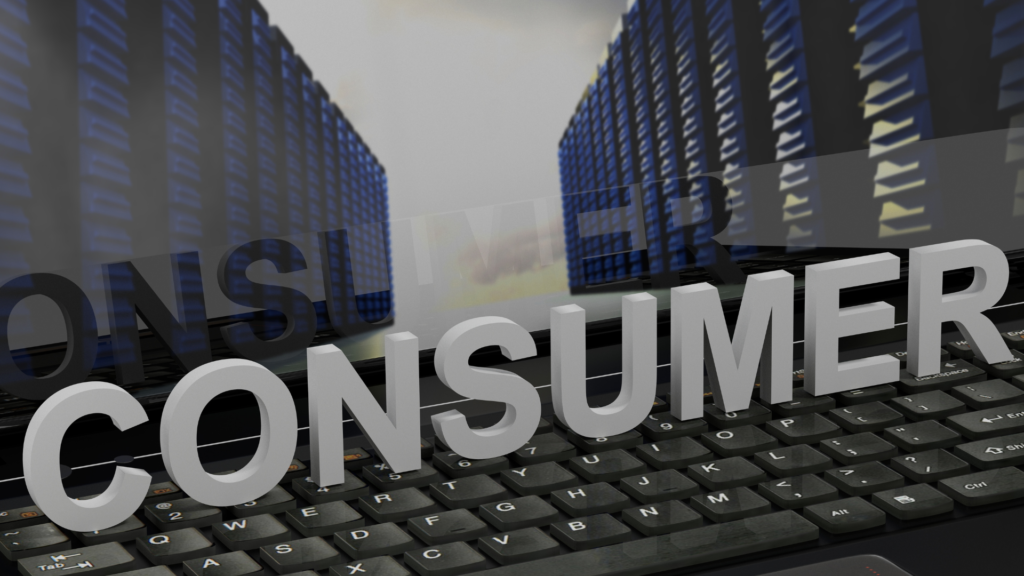From waking up to a smart alarm to controlling lights with your voice, modern life is increasingly shaped by consumer tech. Once limited to luxury or novelty, today’s technology is integrated into our homes, our routines, and even our health. But what exactly does this shift mean for how we live, work, and connect?
In this article, we’ll explore how consumer tech is actively reshaping modern lifestyles—specifically through smart homes, wearable tech, and digital wellness. These advancements are not only changing daily routines but also redefining convenience, health, and personal productivity.
The Rise of Smart Homes: Living in Intelligent Spaces
Here’s how smart homes are reshaping daily life—by giving you control over lights, temperature, and security with just a tap or voice command. These intelligent spaces save time, boost energy efficiency, and offer peace of mind like never before.
Automation at Your Fingertips
Smart home devices are among the most visible and transformative areas of consumer tech. Products like smart speakers, automated lighting, and internet-connected thermostats have made homes more efficient and user-friendly. With voice assistants like Alexa, Siri, or Google Assistant, homeowners can control nearly every aspect of their environment—just by speaking.
This kind of seamless automation isn’t just a novelty. It allows individuals to:
- Save time by automating repetitive tasks
- Enhance security through smart locks and surveillance systems
- Improve energy efficiency with intelligent heating/cooling
- Create personalized atmospheres with lighting and music
Health and Safety Integration
Beyond convenience, smart homes are also contributing to improved health and safety. Devices like smart air purifiers, leak detectors, and home monitoring systems allow people to detect and prevent problems before they escalate. Seniors and people with disabilities especially benefit from features like fall detection and emergency alerts connected directly to caregivers or family.
The result? Homes that think, respond, and protect—aligning perfectly with the expectations of a fast-paced, tech-savvy generation.
Wearable Devices: Health, Fitness, and Connectivity On the Go
Here’s how wearable tech is helping people take charge of their health. From tracking sleep and heart rate to offering real-time workout insights, these devices make wellness an active part of your lifestyle—anytime, anywhere.
A New Kind of Personal Assistant
Wearables are no longer just about tracking steps. Today’s smartwatches and fitness trackers offer in-depth insights into our physical and mental health. They monitor everything from heart rate and sleep patterns to stress levels and blood oxygen. This real-time data allows users to:
- Make informed health decisions
- Set and meet fitness goals
- Get timely reminders for hydration or medication
- Track menstrual cycles and fertility windows
Thanks to consumer tech, healthcare has become increasingly proactive rather than reactive.
Bridging Fitness and Lifestyle
Wearables are integrating with fitness platforms, meal planners, and mental health apps to offer a holistic approach to wellness. For example, a morning run recorded on a smartwatch might be paired with a meditation session suggested by an AI coach, all based on your sleep quality the night before.
This convergence of health and technology creates a personalized ecosystem where wellness is not a separate activity, but a lifestyle woven into every part of the day.
Digital Wellness and Mental Health: The Unseen Influence
Here’s how digital wellness tools are creating healthier screen habits and reducing mental fatigue. With guided meditation apps, focus timers, and online therapy access, consumer tech is now key to emotional balance and self-care.
Mindfulness in the Digital Age
With the rise of screen time, social media, and remote work, digital wellness has become a key focus of modern life. Consumer tech companies have responded by creating tools that promote healthier tech habits. Screen time reports, app usage limits, and focus modes now empower users to reclaim their attention and reduce digital fatigue.
Mindfulness and meditation apps like Headspace and Calm are being integrated into wearable devices and smart assistants. These apps use gamification and gentle reminders to nudge users toward more mindful behaviors.
Therapy at Your Fingertips
Teletherapy platforms like BetterHelp or Talkspace, accessible via phones or tablets, are making mental health support more available than ever before. For many, especially in rural or underserved areas, this marks a turning point—removing logistical and social barriers to seeking help.
As mental wellness becomes central to how we define a “healthy” life, consumer tech plays an essential role in making support accessible, private, and continuous.
The Social Side: Staying Connected in Smarter Ways
Here’s how technology is strengthening relationships across distances. Whether it’s a smart video call, cloud photo sharing, or virtual collaboration, consumer tech is making every interaction feel more personal and real.
Reimagining Relationships
Video calls, smart displays, and virtual assistants allow people to connect instantly across time zones and continents. Whether it’s grandparents reading bedtime stories over Zoom or long-distance friends cooking “together” via video, technology is reinventing what connection looks like.
Social robots like ElliQ and digital photo frames connected to cloud albums bring families closer, especially for older adults living alone. These innovations highlight how consumer tech isn’t just functional—it’s deeply emotional.
Remote Work and Smart Productivity
Smartphones, tablets, and cloud collaboration tools have made remote work not just possible, but often preferable. With the help of virtual assistants and productivity apps, people can manage work, home, and side hustles from a single device.
The integration of AI tools like chatbots, grammar assistants, or scheduling algorithms further streamlines workflows—allowing people to focus on high-value tasks while machines handle the mundane.
This shift has redefined the modern workspace—not as a place, but as an experience driven by efficiency and autonomy.
What’s Next for Consumer Tech?
Here’s what’s coming next—AI-powered personalization, eco-friendly devices, and smarter living solutions that understand your needs before you do. The future of tech is not just smart, it’s sustainable and deeply human-centered.
AI-Powered Personalization
As AI becomes more integrated, consumer devices will evolve from reactive to predictive. Think refrigerators that suggest recipes based on your diet goals, or thermostats that adjust based on your mood and weather conditions. These “thinking” devices will not just serve, but anticipate your needs.
Sustainable Living through Smart Tech
Another emerging focus is sustainability. Smart plugs, energy meters, and water sensors are helping people reduce their ecological footprint. Tech companies are also prioritizing recycled materials and low-energy processes, ensuring that the tools shaping our lives don’t harm the planet.
Consumer tech is more than a trend—it’s a lifestyle revolution. From intelligent homes and personalized health tracking to digital wellness and smarter social connections, technology is helping us live more efficiently, intentionally, and connectedly.
As innovation continues, the way we live will continue to evolve, driven by technologies that empower us to be more in tune with ourselves, our homes, and our communities. The challenge now is not adopting tech—but choosing the right kind of tech that enhances our lives without overwhelming them.
Frequently Asked Questions (FAQs)
1: What is consumer tech?
A. Consumer tech refers to electronic devices and digital tools designed for everyday personal use—such as smartphones, wearables, smart home devices, and wellness apps.
2: How does consumer tech influence our daily routines?
A. It automates tasks, improves health tracking, offers instant communication, and enhances productivity. It seamlessly integrates into routines, saving time and improving quality of life.
3: Are smart home devices safe to use?
A. Most are safe if used correctly and kept updated. It’s important to use secure Wi-Fi, change default passwords, and regularly check for firmware updates to minimize security risks.
4: Can wearable tech really improve my health?
A. Yes. Wearables offer real-time insights into physical activity, sleep, heart rate, and more—helping users make informed health decisions and establish better habits.
5: What’s the biggest drawback of consumer tech?
A. Over-reliance can lead to digital fatigue, privacy concerns, and reduced human interaction. Setting boundaries and using tech mindfully can mitigate these effects.




Pingback: The Complete Guide to Consumer Technology: Trends, Products, and Innovations